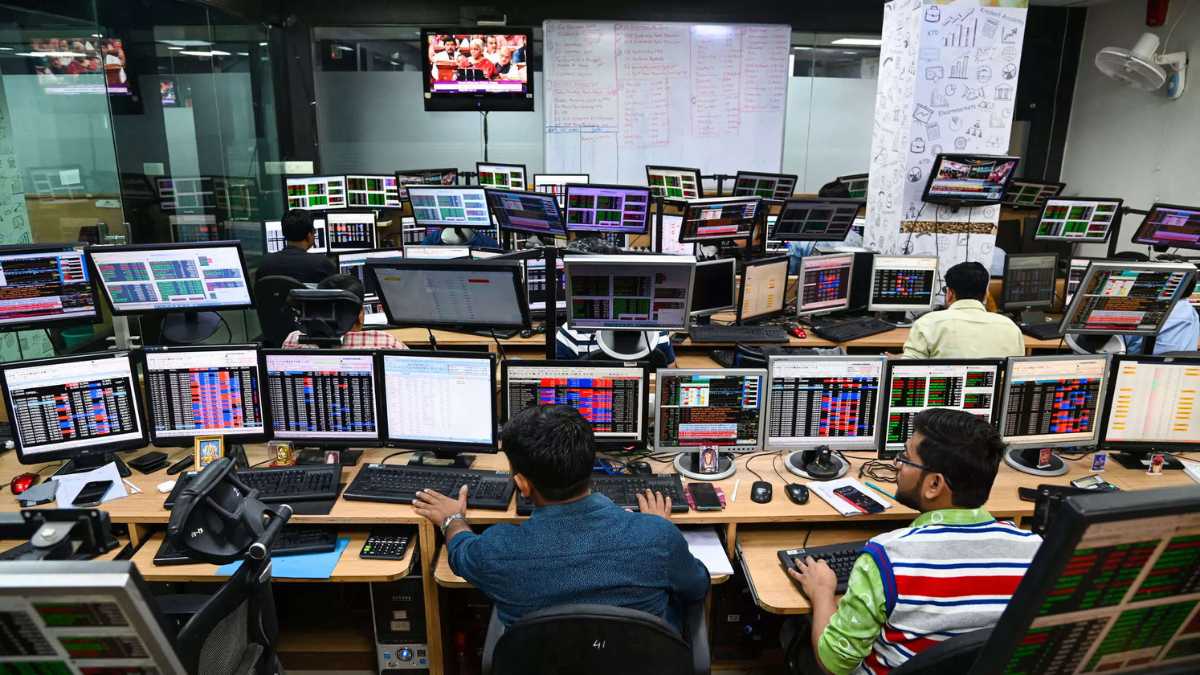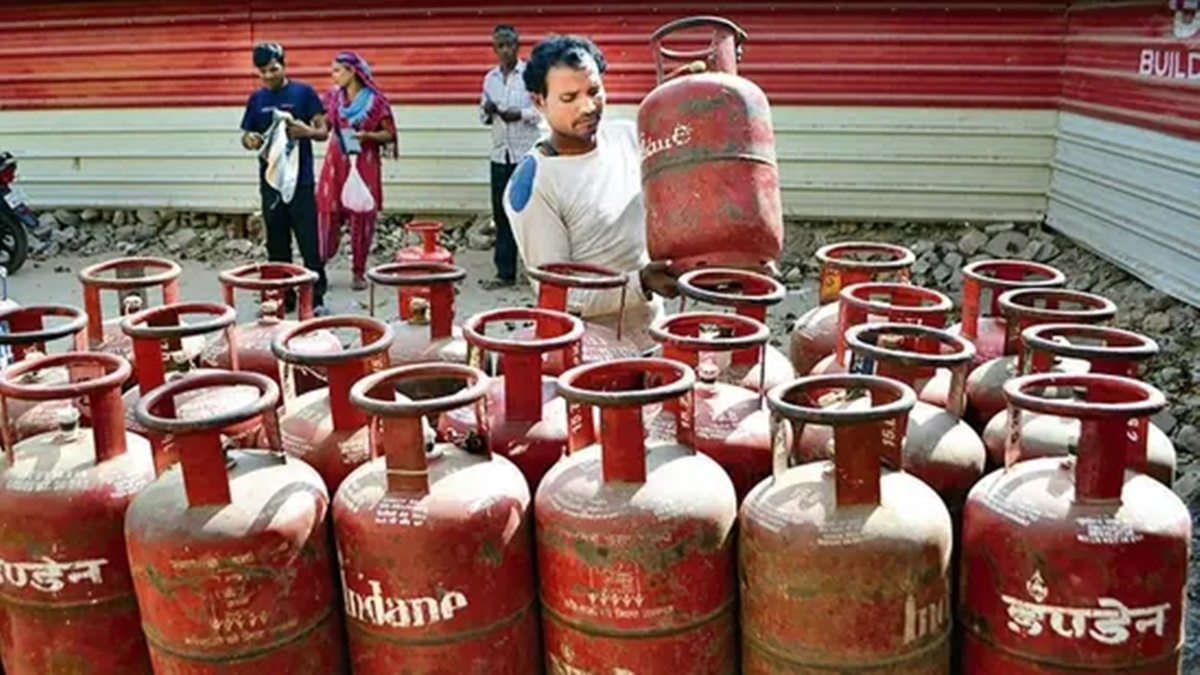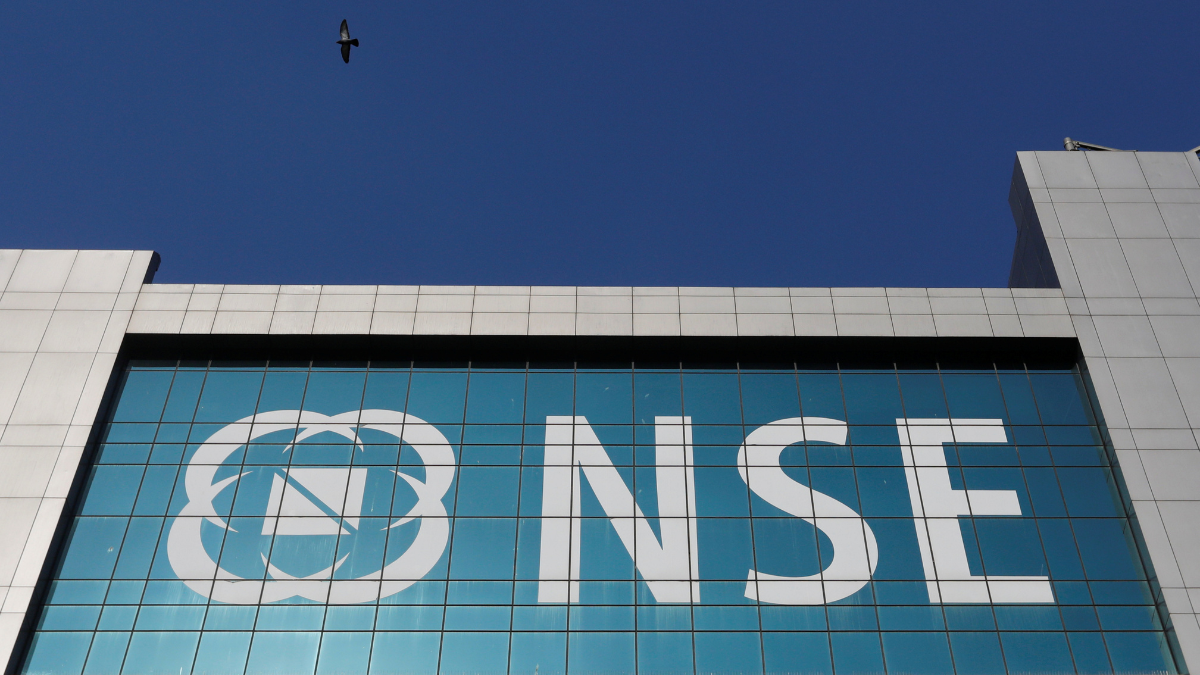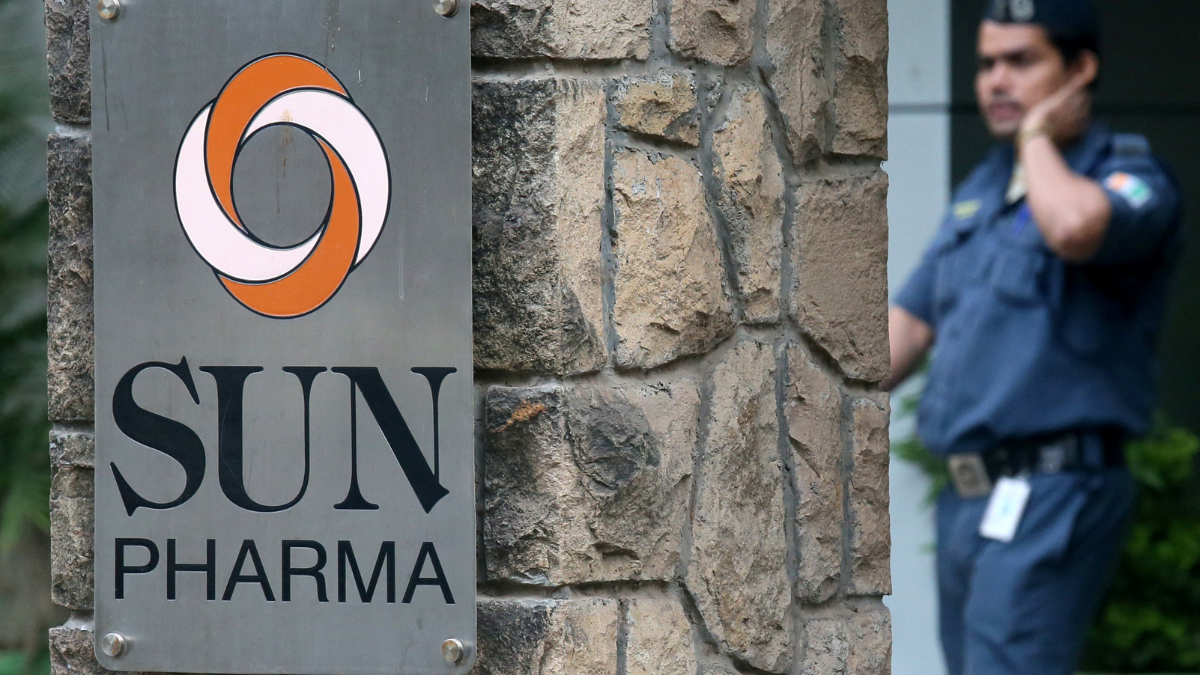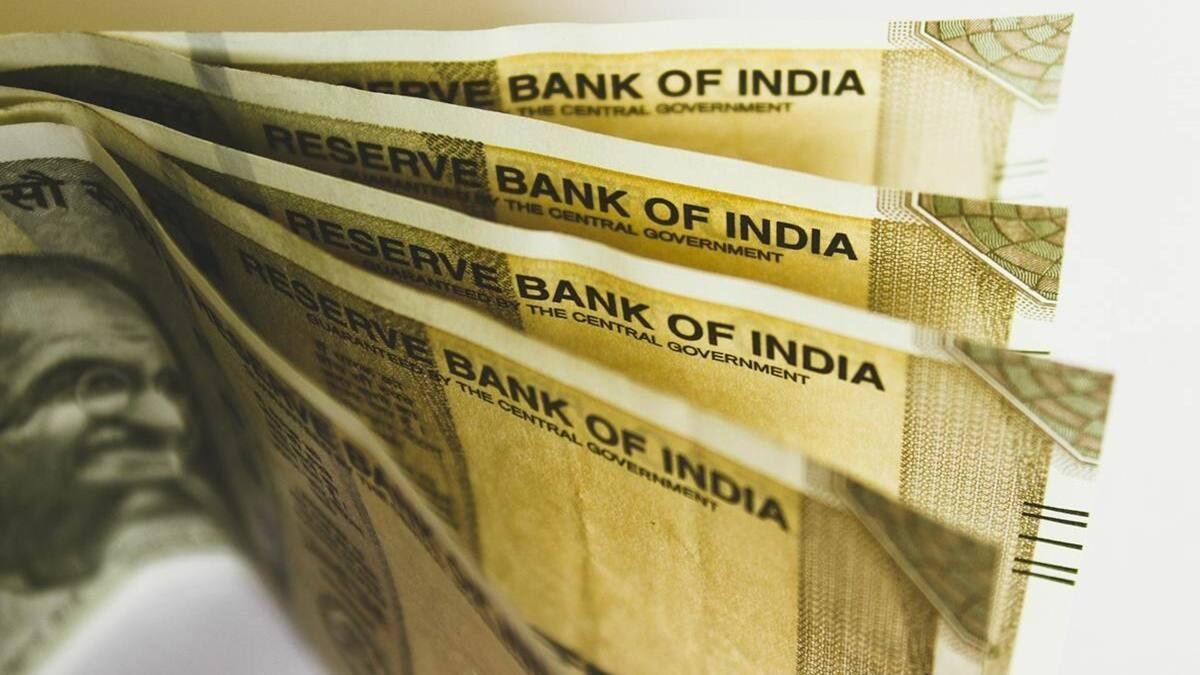By Gaurang Somaiya
Rupee in the last one week has witnessed quite a bit of action especially on the NDF front, when the currency market remained shut for a couple of sessions on account of the Independence Day holiday and Parsi New Year. On the NDF, rupee fell to all-time lows after dismal economic numbers from China led to increased uncertainty on the recovery in the economy. Industrial production, retail sales and fixed asset investment all of it came in lower. The Chinese Yuan fell to the lowest level in nine months against the US dollar after the PBoC announced a surprise rate cut, second time in the last three months. Weakness in the Chinese Yuan also is weighing on the rupee.
Dollar witnessed its longest winning streak in the last 15 months as it closed for the straight six weeks following safe haven buying on the back of uncertainty in China and better-than-expected economic numbers from the US. The Chinese Yuan fell to the lowest level in 9-months following a raft of economic numbers coming in below estimates. Record credit growth and deflation risk in the economy is pushing officials to introduce more stimulus measures. Most of the commodities too witnessed selling pressure on back of economic slowdown in China and strength in the dollar. The greenback got a boost also from the hawkish FOMC meeting minutes, wherein most officials see significant upside risk on inflation and thereby leading to more rate hikes in the near future. This week, preliminary manufacturing and services PMI number from the major economies will be released. But importantly, it will be the BRICS summit and the Jackson Hole Symposium that most investors will be taking cues from.US treasuries that have gained in the last few weeks will also be reacting to the statements from the Fed governor at the Symposium.
Pound gave up its gains after unemployment data released from the UK was disappointing. Data showed the UK unemployment rate unexpectedly rose to 4.2% from 4.0%. Unemployment would make it harder for the BoE to decide on future interest rate increases after 14 back-to-back rate hikes. At the same time, inflation in the UK rose at a slower pace of 6.8% YoY as compared to growth of 7.9% in the previous month. Slower growth in inflation suggests that steps taken by the government are working but has not yet achieved its target. This week, from the UK, preliminary manufacturing and services PMI numbers will be important to watch.
(Gaurang Somaiya, Forex & Bullion Analyst, Motilal Oswal Financial Services. Views expressed are the author’s own. Please consult your financial advisor before investing.)
